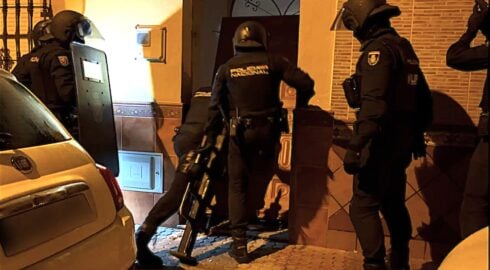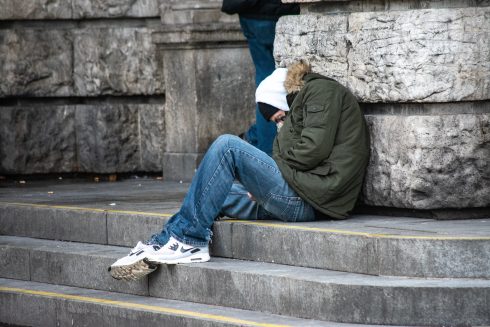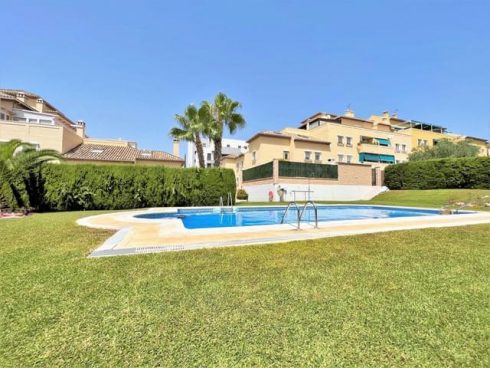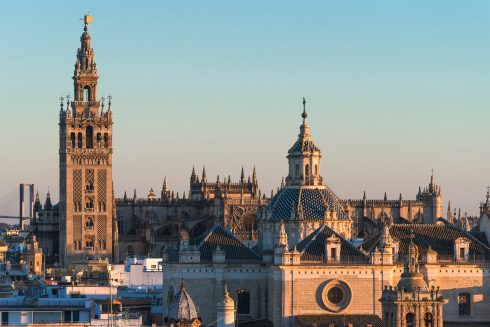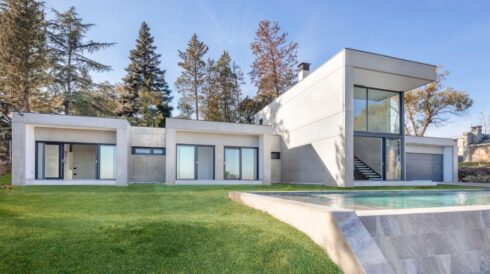AS Spain suffers under record sweltering temperatures the drought affecting most of the country continues to worsen.
Reservoir levels are dwindling, particularly in Catalunya and Andalucia and Alicante – and with the falling reserves, restrictions on water usage are starting to be rolled out.
On the Costa del Sol town halls are reducing the number of beach showers, using non-potable water for street cleaning and watering plants, among other measures.
But there is still some way to go before the restrictions are as Draconian as seen in the tinder dry drought experienced across Spain in 1995.
Olive Press News Editor Dilip Kuner recalls the struggle to run a restaurant in Mijas when the drought reached its worst…
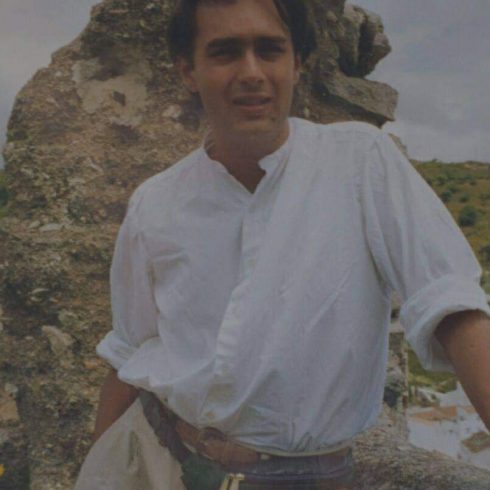
WHEN I moved to Spain in 1994, I thought it was normal: No rain and scorching weather were just facts of life on the sunny Costa del Sol.
What I didn’t know was it was actually not normal at all.
Since 1993 the country, and Andalucia in particular, had been in the grips of a drought that was killing crops and livestock.
But if you weren’t a farmer it was hard to notice. The taps flowed on the costas, with little apparent effort made to save water.
Each winter since 1992 water authorities had watched reservoir levels drop as they prayed for rain that simply failed to fall.
Their hopes that God-sent inundations would refill reservoirs and top up groundwater proved unfounded.
Their historical inaction when it came to fixing leaking pipes, arranging water transfers from wetter regions of the country – or building desalination plants – was founded on complacency.
Well, the chickens were about to come home to roost. In a big, big way.
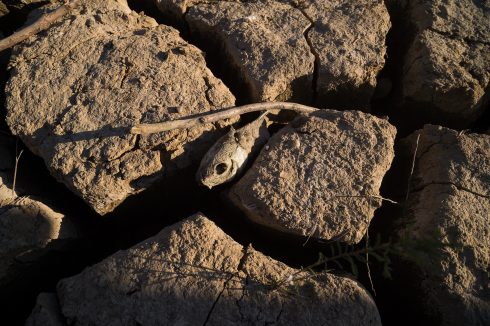
It all reached its nadir in the summer of 1995, when drastic measures had to be taken as the taps – quite literally – began to run dry.
Large swathes of Malaga’s population were warned not to drink the tap water. The underground aquifers were so low that they became brackish.
In Mijas Costa, where I ran the Curry House restaurant at El Chaparral (I’d left a job at the Mirror in London to help my father keep things ticking over for a summer and ended up liking it so much I stayed), we didn’t even get the undrinkable water for most of the day.
Water supplies were cut, except for two hours a day in the morning and two in the early evening.
This presented a challenge just for simply living. I didn’t finish work until 3am. So that meant getting up just a few hours later for a shower before collapsing back into bed.
Then when I reached work, it was a question of waiting for the water to come back on before washing the floors, and filling drums of water for toilet flushes before the supply was cut off again.
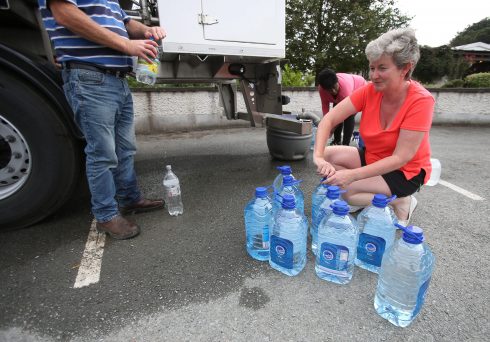
And remember – this was not drinkable water.
For that we had to wait for a water lorry sent round by the town hall once a day. People queued with bottles and plastic containers to get their fill.
Fortunately, I did not have to hang around waiting for hours for the tanker to show up.
We found a different solution: My father lived on the road to Mijas pueblo and so he had Mijas spring water. Fresh, refreshing and unlimited!
So each day I would load up my car with six 25-litre drums and fill them with water at his house, before carting them back to the restaurant, where I would use this drinkable water for cooking and washing the dishes.
Things were worse elsewhere: Sevilla was so badly affected that various (seemingly crackpot) schemes were floated as the city and surrounding region gasped for water.
Serious consideration was actually given to evacuating the entire city as water supplies slowed to a trickle.
Last ditch proposals to sail tankers of water up the Guadalquivir and even float an iceberg to the region were made.
In the event turning off the water in Sevilla for 14 hours a day proved just about enough to tide the city through until the drought broke.
And boy did it break! I clearly remember when it did as I was on my honeymoon in Extremadura.
After 12 days of touring, we were in Badajoz when the skies finally opened.
The heaviest rain I had seen literally fell – and fell – and fell.
After 24 hours sheltering in the hotel, my wife and I decided to cut the honeymoon a week short and head home – in the nick of time.
Just three hours later the entire city of Badajoz was cut off by the rising flood waters.
The reservoirs actually overflowed as it pelted down for the next three months. God had finally answered the water authorities’ prayers.
Since then, a new reservoir has been built for Sevilla (with EU money – with the condition the authorities had to reduce the amount of water lost to leaks by half).
The Costa del Sol also got a desalination plant – although politics of course reared its ugly head.
Corrupt Marbella mayor Jesus Gil, who eventually went to prison for fraud, kept getting reelected despite his criminal activities because ‘he got things done’.
In this instance he really did. In 1996 he used Marbella money (around €40 million) to build the plant with a pledge the water produced was for the entire costa.
It was actually completed in 1997. But the Junta refused to take on the running costs, preferring to sit back and watch as it remained unopened while, inevitably, reservoirs started to run dry again within a few years.
It took another drought before agreement was finally reached, and the plant was finally opened in 2005.
It says a lot that a convicted crook and embezzler was willing to do more for the residents of the Costa del Sol than the Junta was.
Complacency rules down here.
Click here to read more Andalucia News from The Olive Press.



